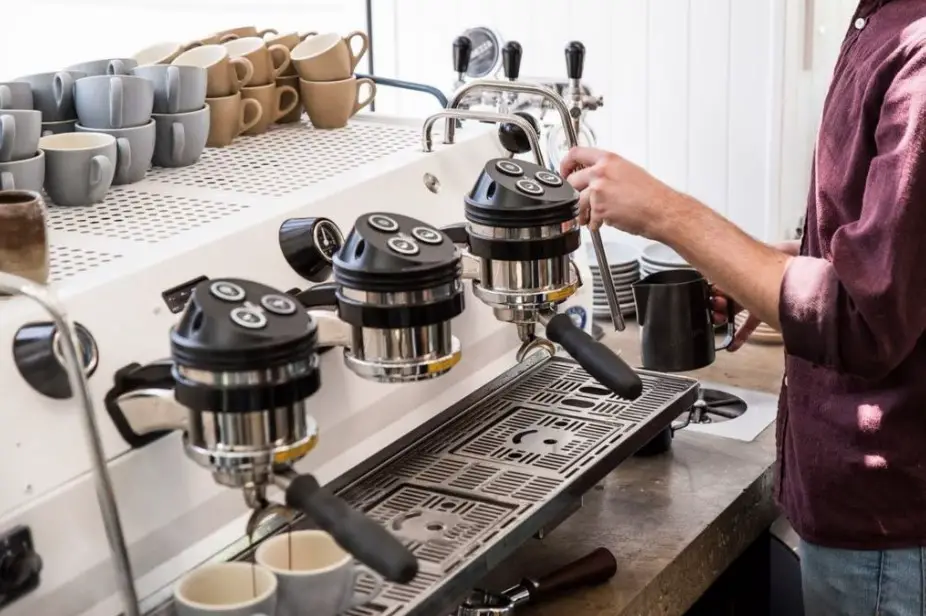

You don’t need to be in a coffee shop or café to benefit from a commercial espresso machine. Many people prefer espresso over coffee because they can receive the benefits of coffee without having to consume as much liquid. Since it is stronger than regular coffee, it is typically served in much smaller portions. Espresso is brewed in a way that uses less pressure and no filter, giving it more oils and bean content than standard coffee, giving it a richer taste. In fact, according to a recent study, 7 in 10 people in America drink coffee every week, and 62% of Americans drink it every day.Įspresso is a bit different from coffee but is just as popular, if not more so. Learn more.Ĭoffee has become a staple in most people’s daily routines. The result of the espresso brewing process is called crema.If you buy something through our links, we may earn money from our affiliate partners. It also promotes a more even saturation of the grinds for a higher extraction of the oils from the beans. The machinery for making espresso tamps down the pile of grinds in order to produce the thicker drink. How does a commercial espresso machine work?Īn espresso machine uses pressure to force nearly boiling water through ground coffee beans in order to produce a beverage that is thicker than coffee. Air pumps are a recent addition to the functionality of espresso machines in the commercial environment. There are multiple sub-types of pump-driven espresso machines, including single-boiler single use, single-boiler with double or multiple use, heat exchanger, and double boiler. A motorized pump provides the force needed to brew espresso from the coffee beans by using a cold-water line attached to the pump. Pump-driven - A pump-driven espresso machine was first introduced in 1961.There are no moving parts in this type of equipment, making it easier to maintain. These espresso machines use steam generated by the boiler to force water through the grinds. Steam-driven - The first type of espresso machine was a steam-driven unit.The piston may be manually or automatically driven.

These machines work by using a lever to pressurize hot water and send it through a boiler to the ground beans. Piston-driven - A piston-driven machine was first developed in Italy by Achille Gaggia.What are the types of commercial espresso machines? This means that workers do not have to separately grind the coffee. Built-in grinder - A super-automatic commercial machine for espresso includes a grinder.This allows for different sized shots of espresso and for the production of other drinks made of coffee beans. Multiple group heads - Commercial machines have multiple group heads.The automation is accomplished with an in-line flow meter to the group head. The machine may be semi-automatic or fully automatic, allowing it to adjust the machine's pressure and volume. Automatic brewing - In a commercial environment, the volume of brewed espresso and the steeping time are important to customer service.What are the features of a commercial espresso machine?
#Automatic espresso machines commercial plus
The hallmarks of a high-quality espresso drink prepared by a commercial espresso machine are an exit temperature of 190 degrees Fahrenheit within a range of plus or minus four degrees, a percolation time of 25 seconds with a range of plus or minus five seconds, and a cup temperature of 153 degrees Fahrenheit plus or minus three degrees. The equipment is often at least partially automated and typically includes a plumbing connection for easy access to filtered cold water. An espresso machine for use in restaurant and coffeehouse environments provides a way to make espresso shots with less physical effort and a more consistent quality.


 0 kommentar(er)
0 kommentar(er)
